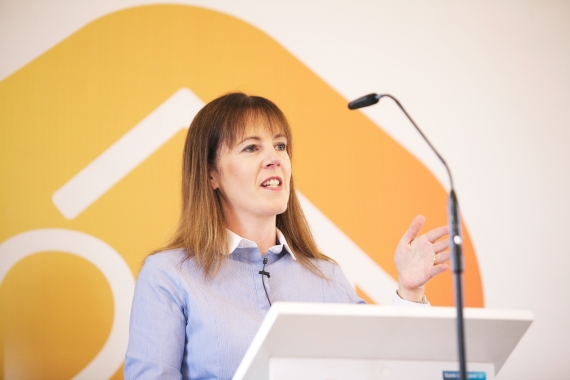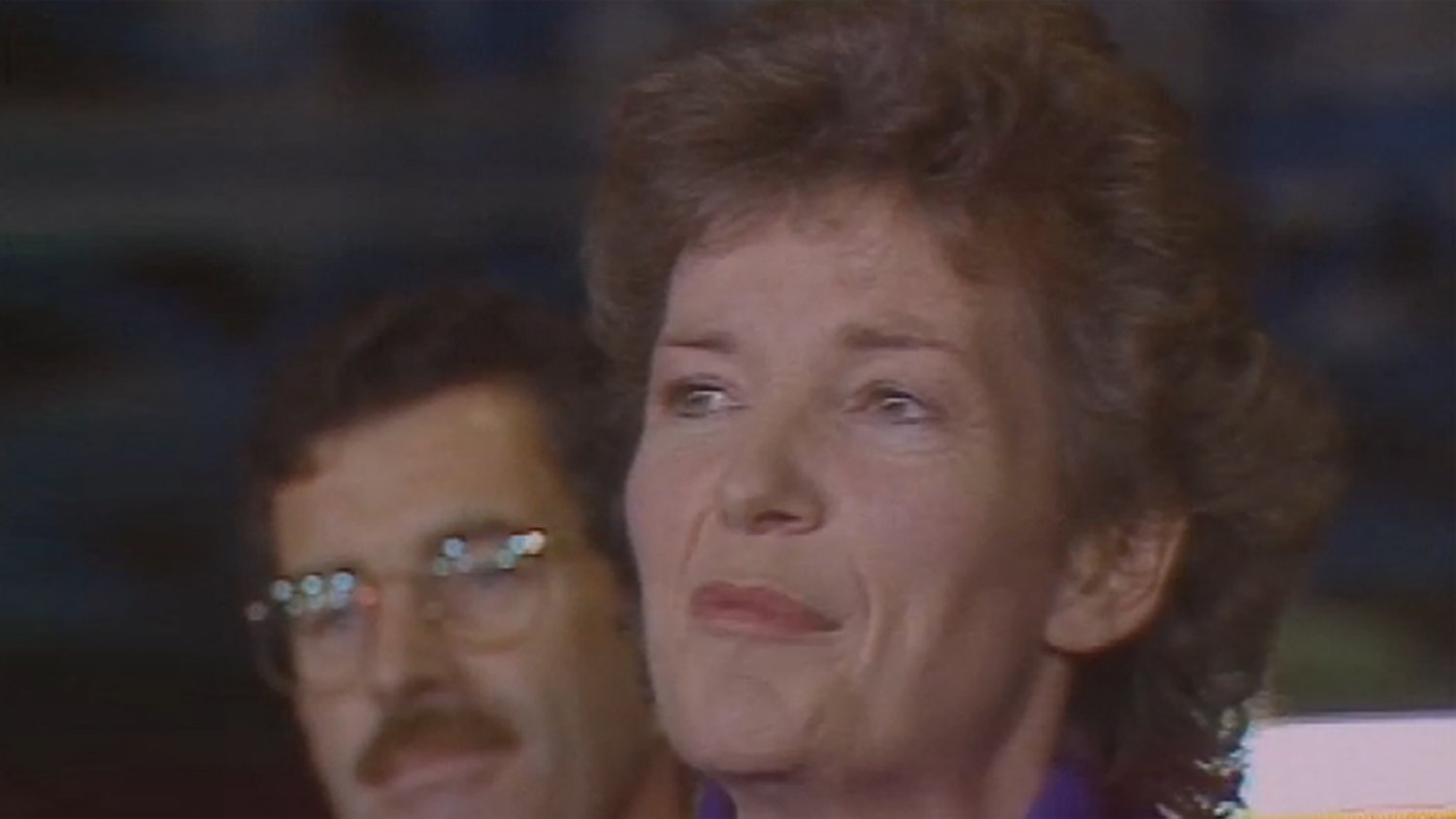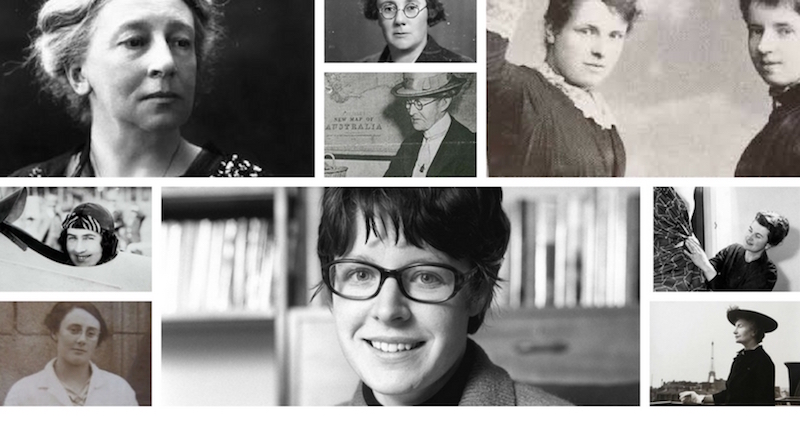IDI President Kim Mackenzie talks about the current gender imbalance in the design industry and why design matters. Interview by Lesley Tully.
The design industry prides itself on embracing uncertainty, challenging orthodoxies and using creativity to carve out a better world and yet recent research conducted by the Institute of Designers in Ireland (IDI) surfaces an alarming imbalance in gender diversity with a 25% female to 75% male divide across the Irish design industry.
IDI President Kim Mackenzie-Doyle talks about the purpose behind this movement and how redressing this balance can positively impact society, the economy and the education system.
“I was advised against joining the tech drawing class by teachers as I would have been a distraction being the only girl.”
Tell us a bit about your background and journey to become a designer?
From a young age, you could say that I was creative, the first spark of interest in product design happened when I was six. I took apart the family remote control (one of the first released, it put me out of a job being the youngest of the family, I got to change the channels), I did not trust that this object could control the TV without wires, so I had to find out more – reverse engineering at its finest.
In school I was advised against joining the tech drawing class by teachers as I would have been a distraction being the only girl, so was directed into art. I loved art and over 25 years later my school drawings are still on the wall in the school where I studied. At leaving cert stage, discussing my future with my parents my father stated ‘there is no money in design’ and recommended I take up a career in the sciences. Respecting his advice I started off my college journey studying biology. It was not for me and I didn’t last long, dropping out after three months (without telling my parents). For a time I enjoyed a great social life while living with a bunch of product design students. I worked on their projects, I knew that design was for me and I could do better. So when my parents found out, they cut me off – probably the best thing that ever happened to me (they still fed me at weekends). I worked two jobs through college until the last three months of my four-year degree. It gave me an undeniable focus on what I did not want to do and where exactly I wanted to go after college – Design Partners, Ireland’s largest and leading product design consultancy.
“The testosterone was suffocating at times, it was the hardest year of my life.”
What challenges did you face in the design industry and how did it affect you?
I was the first female product designer to be hired in Design Partners (that lasted more than a few weeks). I lived in Carlow, Design Partners was in Bray. This posed a challenge as my parents moved back to Scotland and I was fiercely independent. Not earning enough to move to Bray, I embarked on a six-hour daily commute (think bus, Dart, taxi twice a day). This was challenging enough, but there was also a five year age gap and a huge gender divide within the studio between me and all the male designers. The testosterone was suffocating at times, it was the hardest year of my life. After three months I fell asleep in a meeting and finding out about my commute the team put me up in a B&B and I found a little work-life balance. It really took a year to form relationships and mutual respect. I like to joke that it took me a year to break them – they agree. That whole experience really stood to me, I learned to hold my own in a room full of ambitious men, I found my voice. My own level of fear reduced significantly, fear of putting myself forward and standing for something I believed in – my perspective on design.
“I learned to hold my own in a room full of ambitious men, I found my voice.”
Ireland had and has a plenitude of successful Irish female designers starting from Eileen Grey, Yvonne Farrell and Shelly McNamara (Grafton Architects) through to Annie Atkins what does our past and present day tell us about the future of female Irish designers?
We have some immense female designers in Ireland that are of worldwide calibre. However, most are quite invisible. It’s easy to bring to mind ten male designers, but it can be a struggle to name ten female designers. Why is this? There is certainly an Irish aspect to it, where we are apologetic for being talented or great at something. This is then compounded by the gender bias held by men and women. We are uncomfortable in self-promotion, we are quite risk adverse (it being drilled into us from day dot), commonly we put others ahead of ourselves (we are the designated carers in life), we suffer from imposter syndrome, our careers suffer when the family unit decides to have children, and then in many cases why bother returning to work when it’s just not financially viable.
We can struggle to find a voice in a male-dominated environment which in the design sector is 25:75 female to male. And then there is the gender pay gap. We start off on the back foot in a lot of situations, so in the creative industries where it is not exactly family friendly – some see it a vocation that they are ‘lucky’ to be paid for. We can often fail to rise up the ranks, start businesses or reach creative director level – there are 11% of women at female creative director level. But the future is bright for female designers, it’s never been better to be a woman, the conversation continues to increase in volume around the subject. We need to continue this momentum.
“I have lived through being the only women in the room, I have seen first-hand the impact of a different perspective.”
Why Design? is a seminal piece of research – why did you do it?
I have lived through being the only women in the room, I have seen first-hand the impact of a different perspective, the value of balanced teams to projects and on the financial bottom line. We should embrace the differences and allow for inclusion, diversity of thought and basic equality.
As a society we have a responsibility to make the change, having the honour of being President of the IDI has allowed me the opportunity to bring a spotlight to the subject. At the start of my one year term, I was resolute to create a platform where we begin to showcase the female designers of our nation. Sharing a little of their journey. It’s essentially created to encourage more female participation in the creative sector, aimed at second level female students their parents, teachers and guidance councillors, all of the key stakeholders in a budding designers decision making process. We show them the essential role models they need to see. If they are not visible how do they know that they could do it too?
“Men need to be in on this conversation, having circular conversations between our selves gets nowhere. We cannot exclude when we want to be included.”
Impact is crucial to the success of organisations striving to make the change, what actions and tactics are you asking the Design community to focus on?
From the outset we strongly believed that men need to be in on this conversation, having circular conversations between our selves gets nowhere. The majority need to be involved and the essence is balance, we cannot exclude when we want to be included. On International Women’s Day, we will be launching #WhyDesign with a 50:50 panel,Oscar-winningg Annie Atkins and Emmy award-winning Chris Do. We would encourage both genders to have a conversation about gender balance: the business benefits and social benefits. We will ask them to look at their own organisation and address any unconscious biases and put in place reasonable steps to get to a 50:50 balance.
We are approaching this in a phased approach whereby creating a touchstone where we can reference from (the website). We would like to get into second level schools to talk to the students face to face, again putting the role models right into the classroom. In third level, we would encourage creative courses to have female guest lectures from industry if there are no female lecturers on the course. And for practising female designers we will introduce CPD on how to grow your career.
“The quickest way to bridge the divide is to talk about the business impact.”
How do you hope to bridge the divide between men and women in the Irish design industry?
It’s tough to call it a divide for me when some of the best feminists I know are men. However, I am fully aware that’s not always the case. The quickest way to bridge the divide is to talk about the business impact, we need the decision makers to understand the benefits of balance. Multinationals are doing some incredible work around this, Micheal Landel CEO of Sodexo has done groundbreaking work proving that balanced teams were more productive and had sustained results compared to unbalanced teams.
“I had nothing when I started my journey.”
Do you think more women will become designers and take inspiration from your journey?
That would be wonderful, being a designer is such a rewarding and fulfilling career. To get paid for something that you are passionate about, that can make a difference and ticks a lot of enjoyment boxes.
For me, a big win is to just communicate what the options are. To give them something tangible to refer too, I had nothing when I started my journey. And there are so many inspiring female designers in Ireland that now can share their story.
“Every senior female that has progressed in the industry should put the ladder back down.”
What’s next for IDI?
Great question, we will continue to add to #WhyDesign, it will be a living project and the aim is to feature creative women from all over the country from all disciplines.
We will also be running the second national day of Design in aid of mental health ‘IDI Mind Over Matter’ on October 10, where we will be supporting Aware. In ten sites across Ireland, designers gave up their time to give consultations on how Design could add value to SMEs and big businesses in any sector.
“In the future, we will be featuring men in female-heavy disciplines on #WhyDesign.”
Finally, this year’s IWD call to action is #pressforprogress. How does that translate to the Design industry, what can the women leaders in Design do to encourage more progress?
Every senior female that has progressed in the industry should put the ladder back down. Whether that be a coffee with a recent graduate or mentoring a junior designer the onus is on us to provide perhaps what we should have had. We as a design community need to be conscious not to exclude men in the conversation. Balance works both ways, in the future, we will be featuring men in female heavy disciplines on #WhyDesign.





